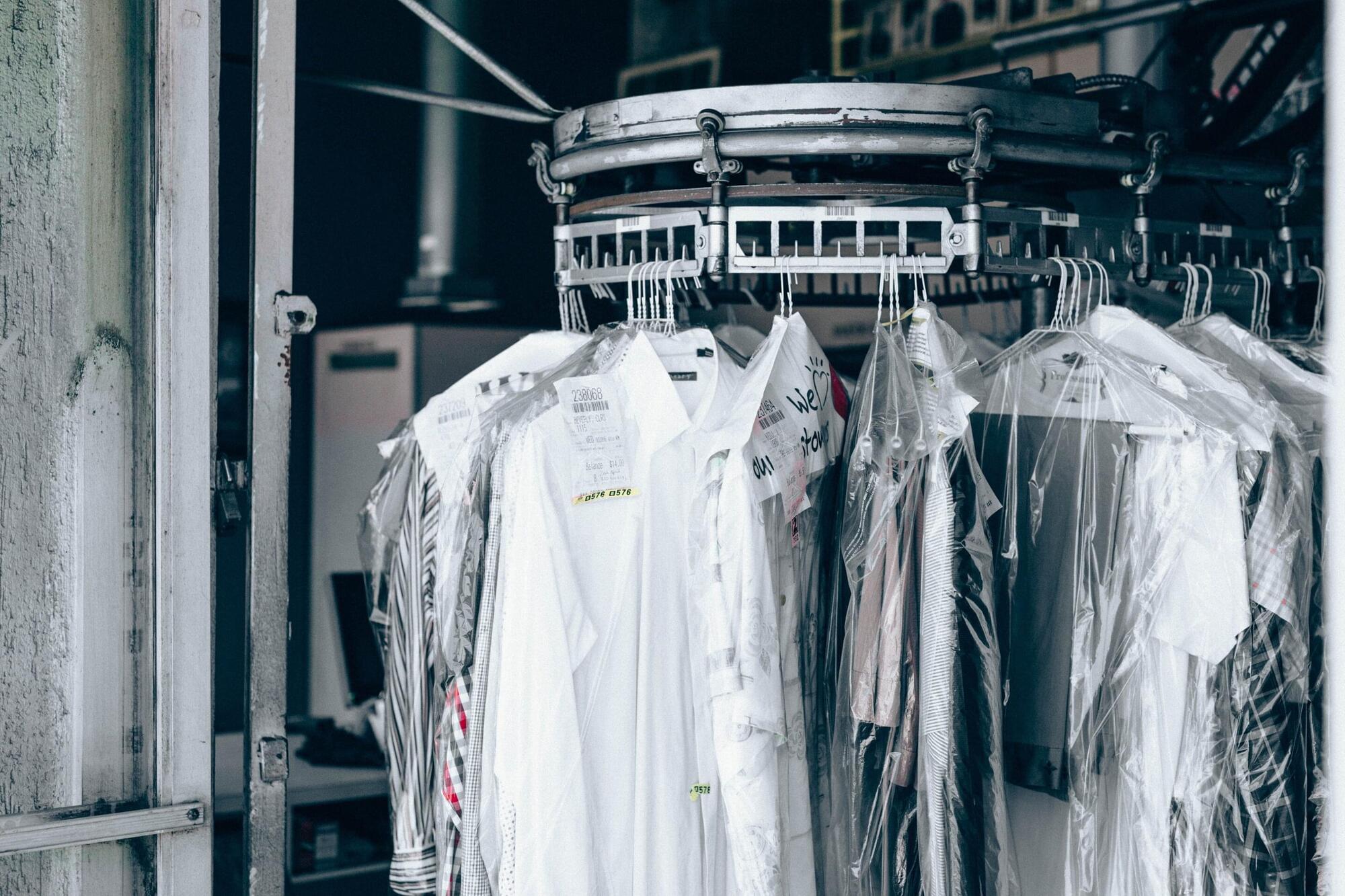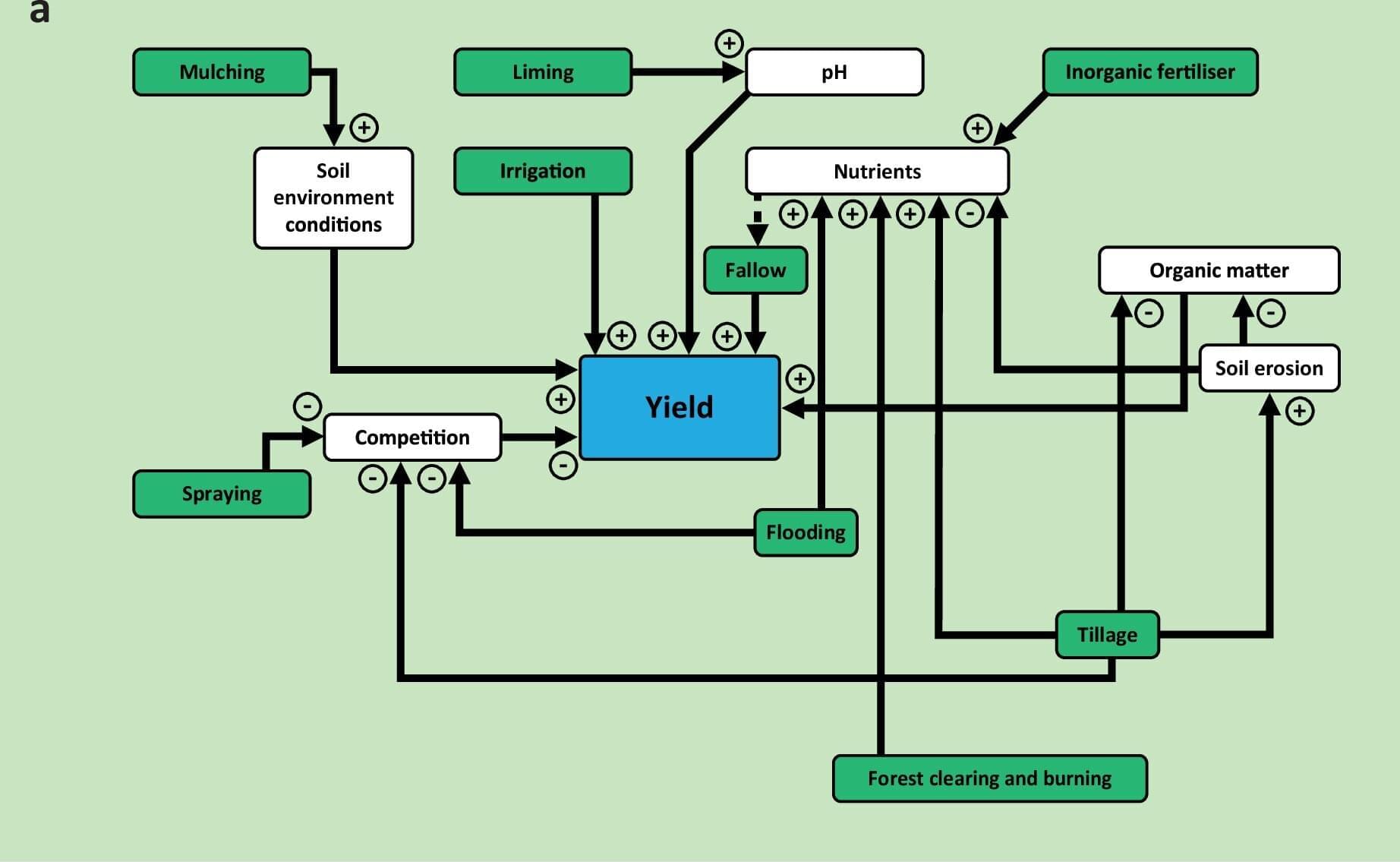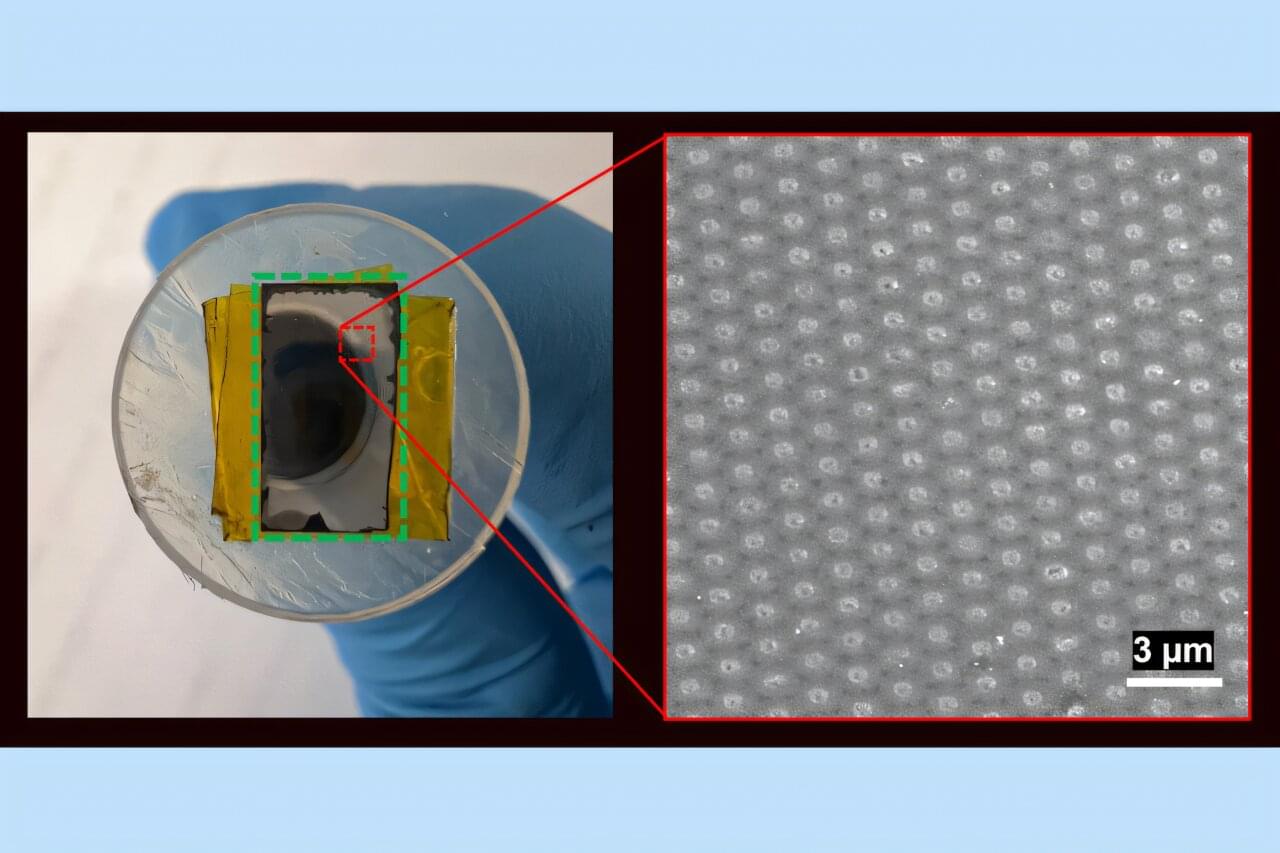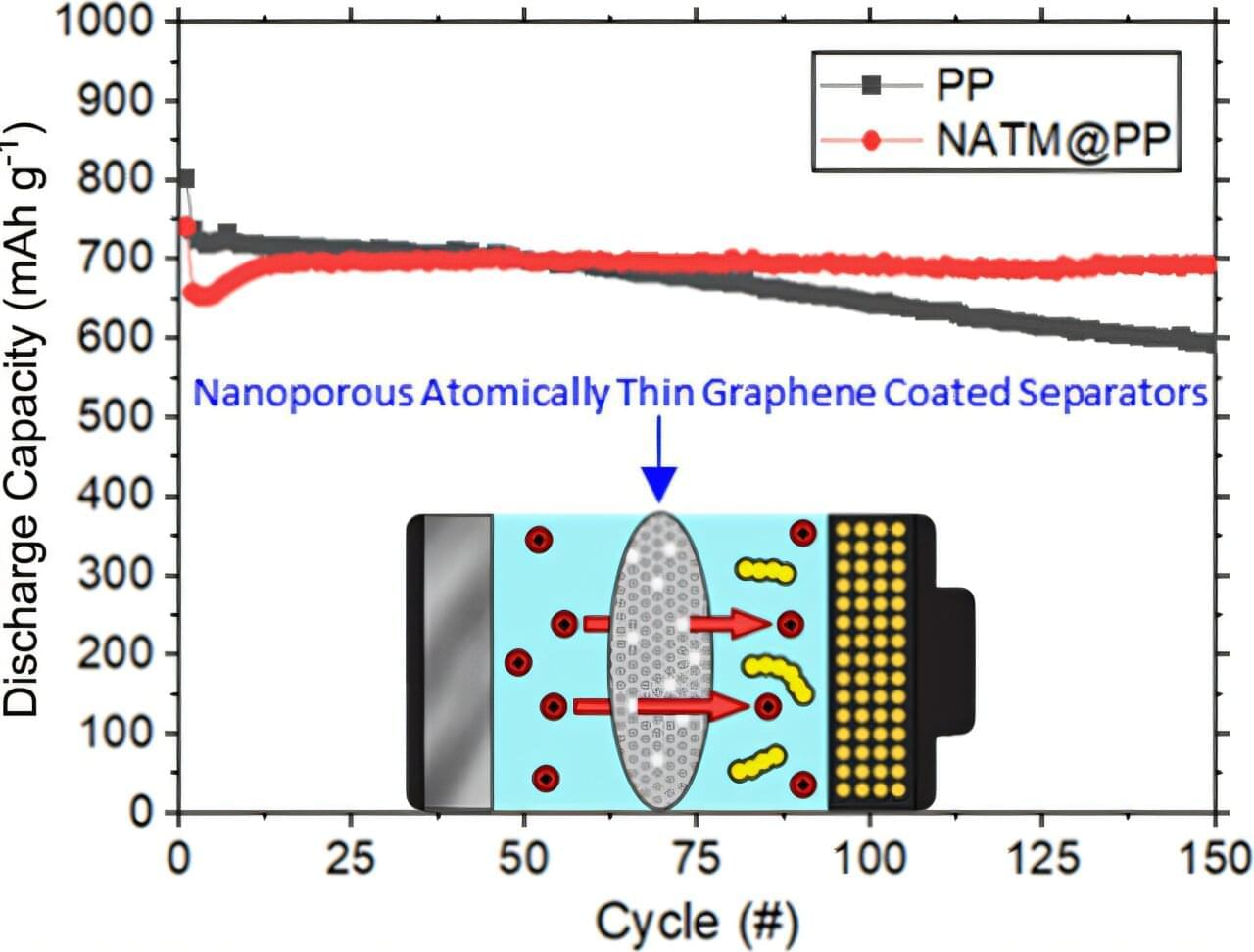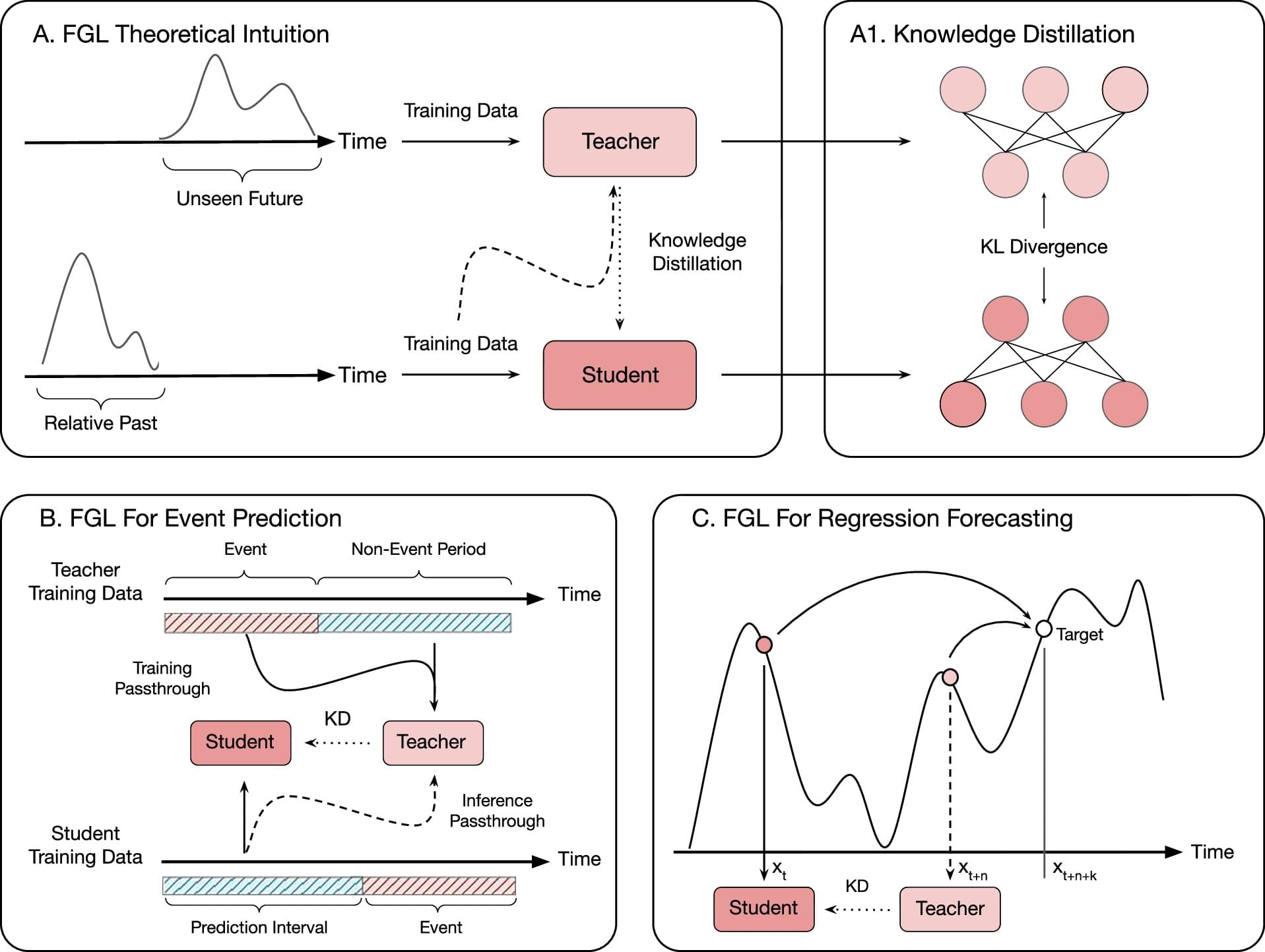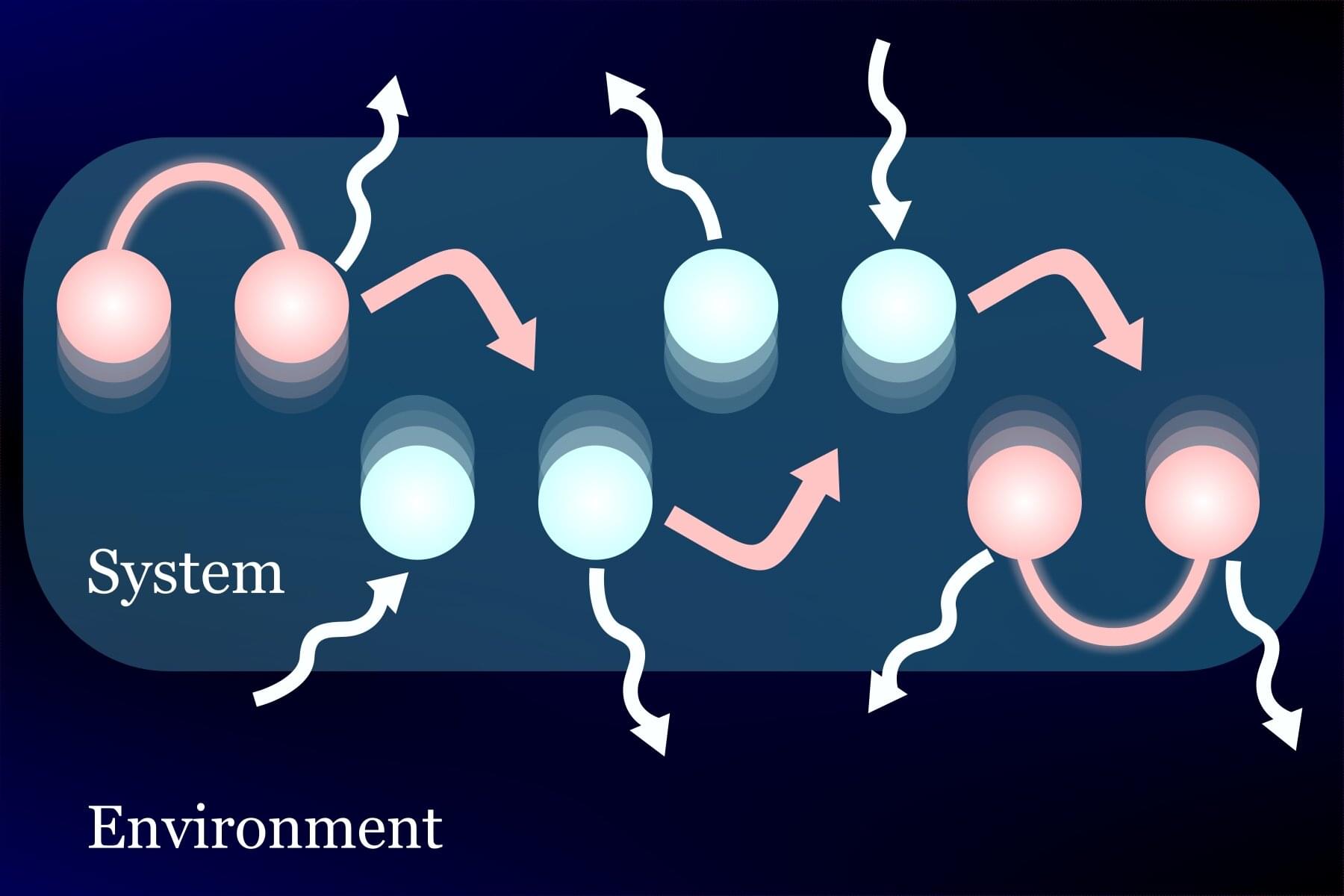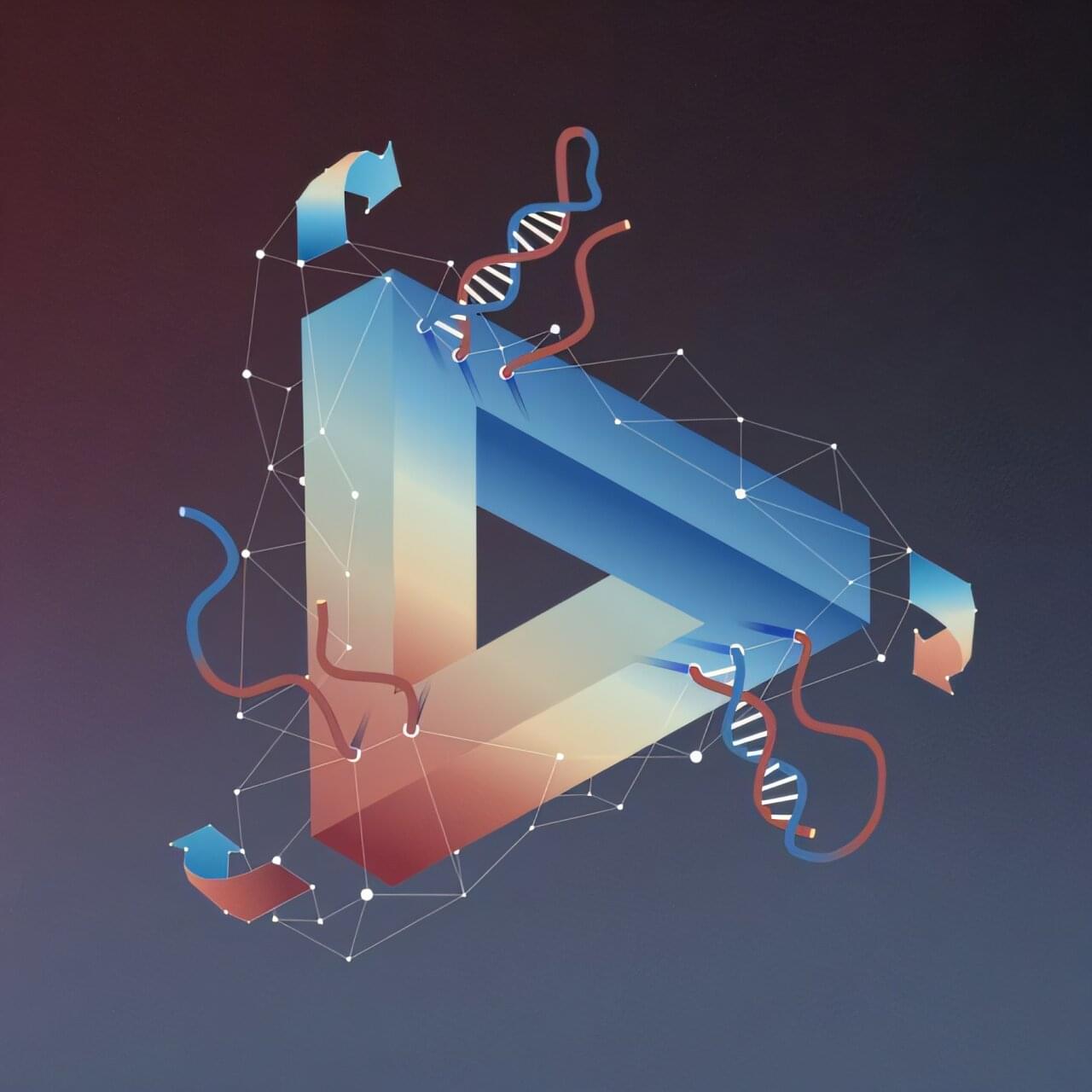Autism spectrum disorder (ASD) is a neurodevelopmental disorder that is estimated to be experienced by roughly 1 in 127 people worldwide. It is characterized by atypical patterns in brain development, which manifest in differences in communication, social interactions, behavior and responses to sensory information.
Past neuroscientific and genetic studies suggest that a variety of factors contribute to the development of ASD. These can include genetic factors, chemical alterations that influence the expressions of genes (i.e., epigenetic factors), differences in the structure of specific brain regions or neural circuits, and environmental factors, such as early life events or infections or immune responses during pregnancy.
Researchers at the Korea Brain Research Institute and University of Fukui in Japan recently carried out a study aimed at further exploring these different dimensions of ASD, focusing on brain structure, the communication between brain regions, epigenetic changes and behavioral patterns. Their findings, published in Translational Psychiatry, paint a clearer picture of the intricate underpinnings of the disorder and could inform the development of more precise tools for diagnosing it.

